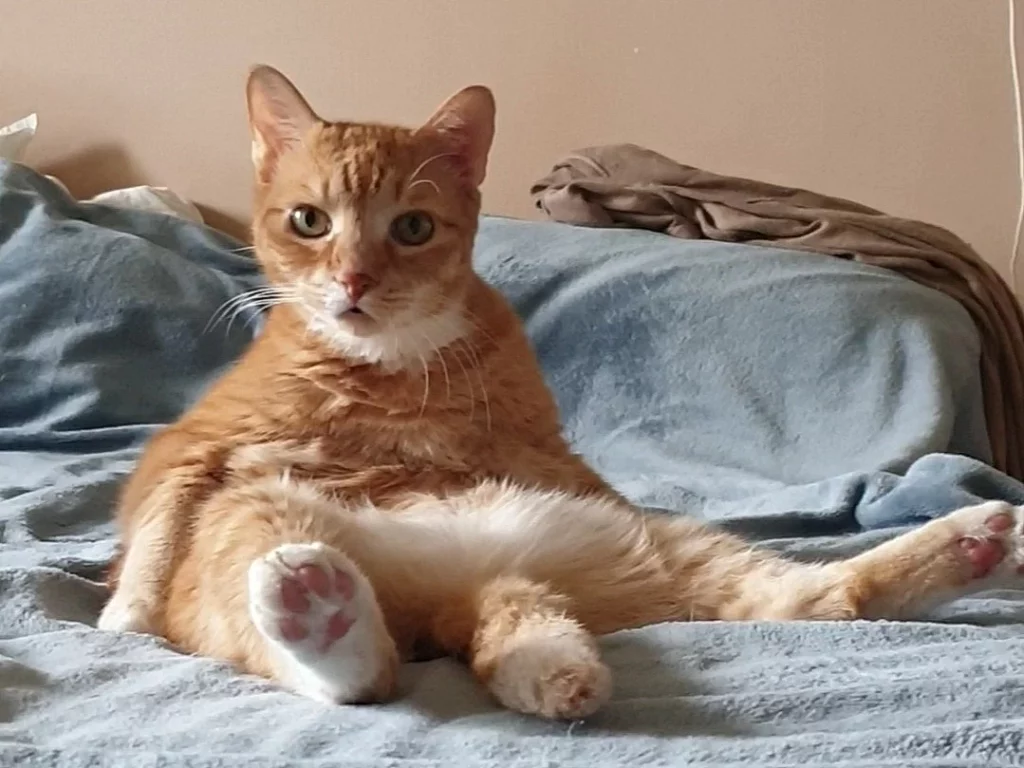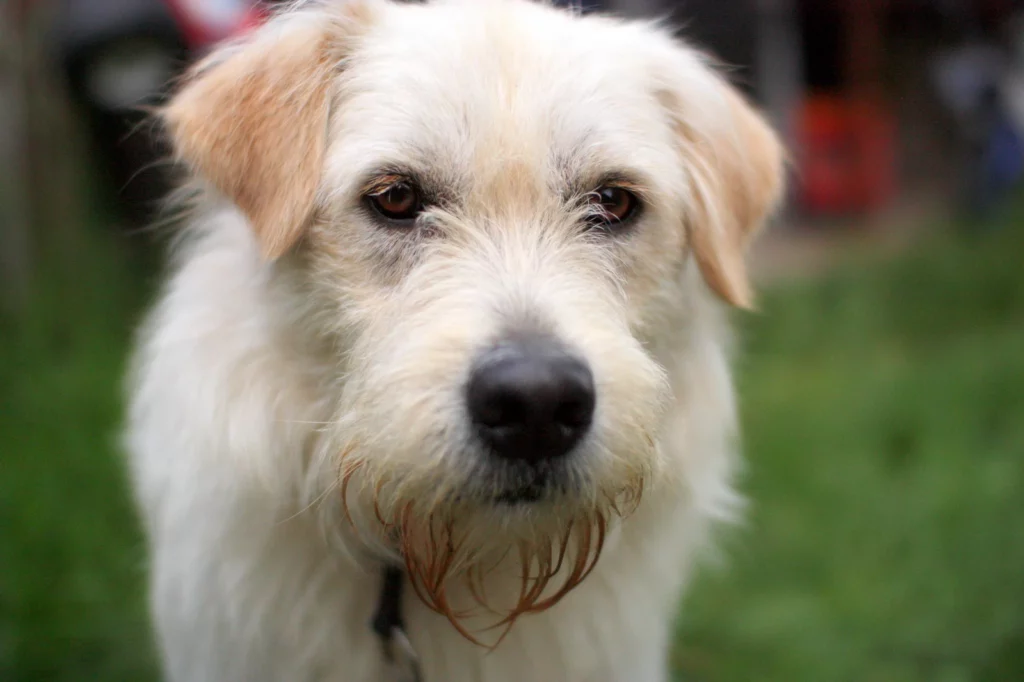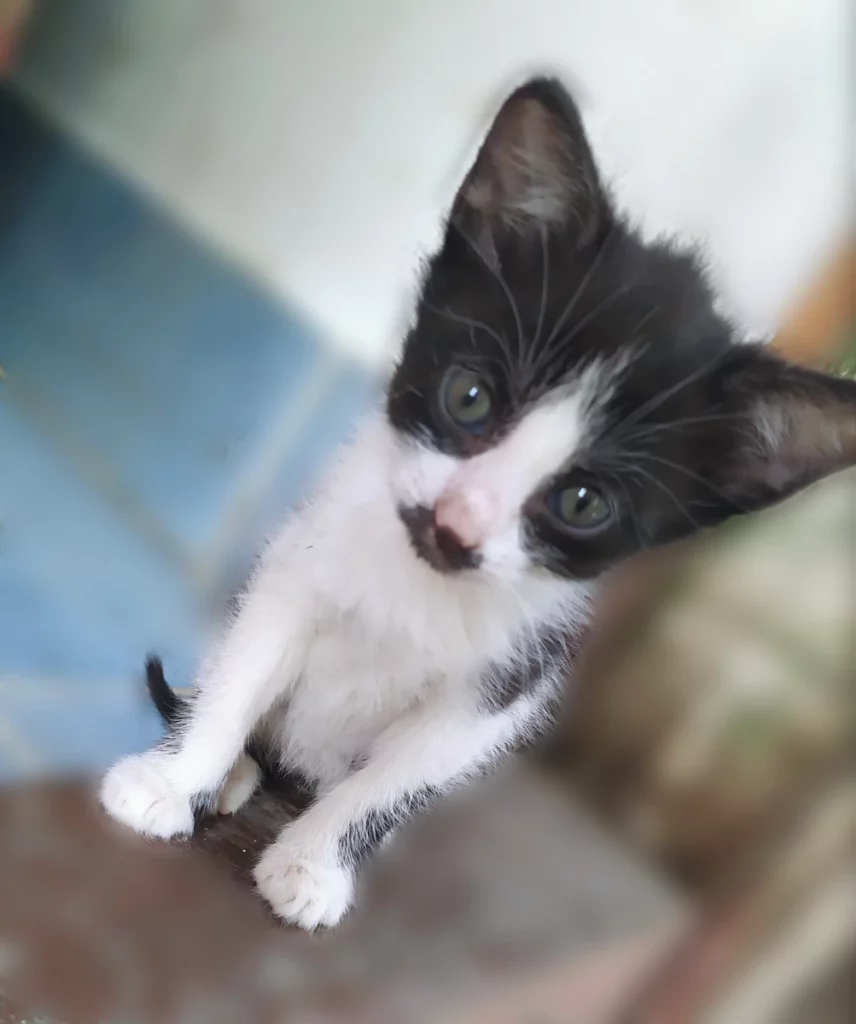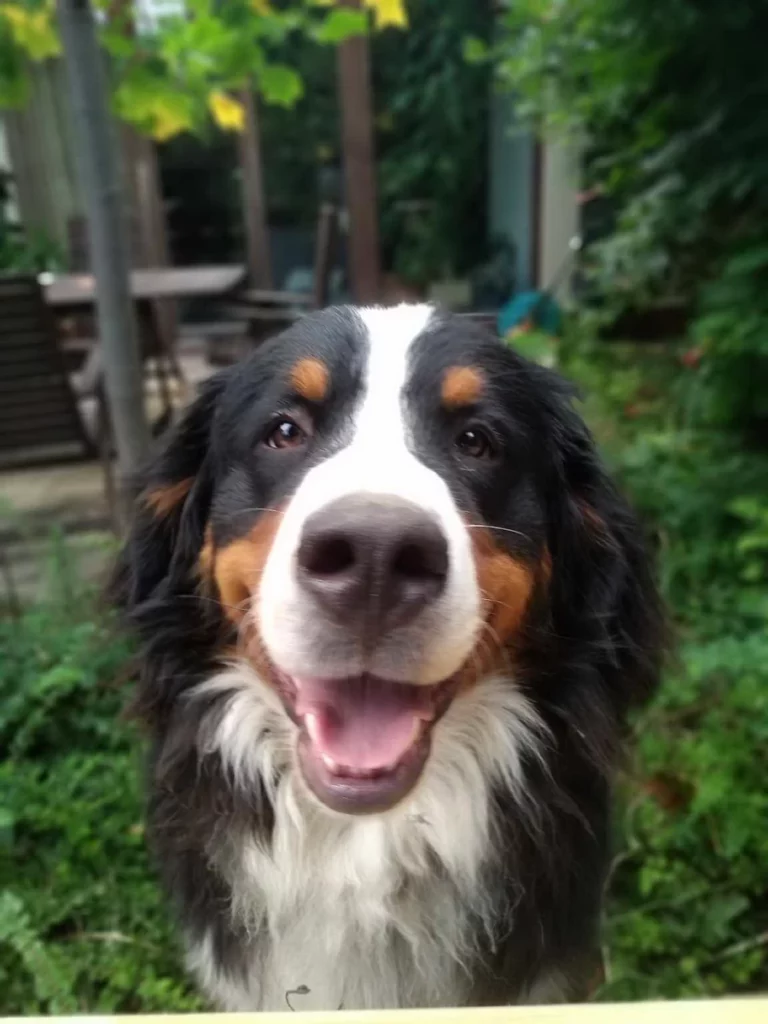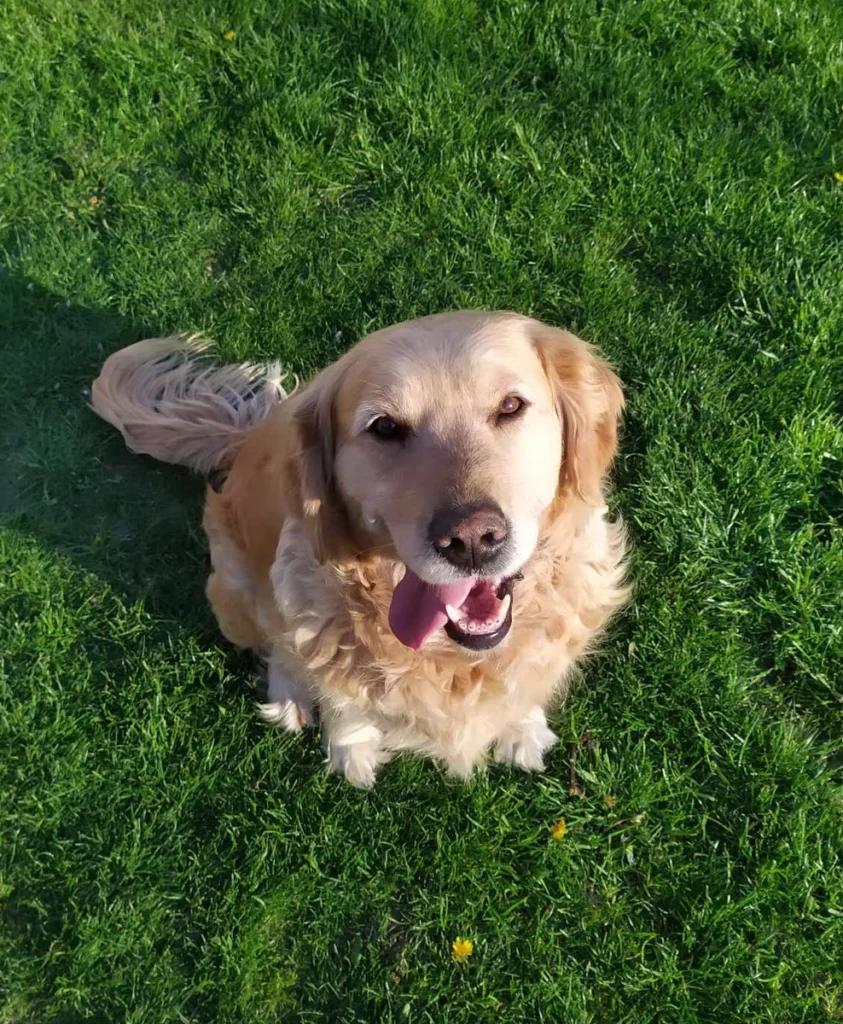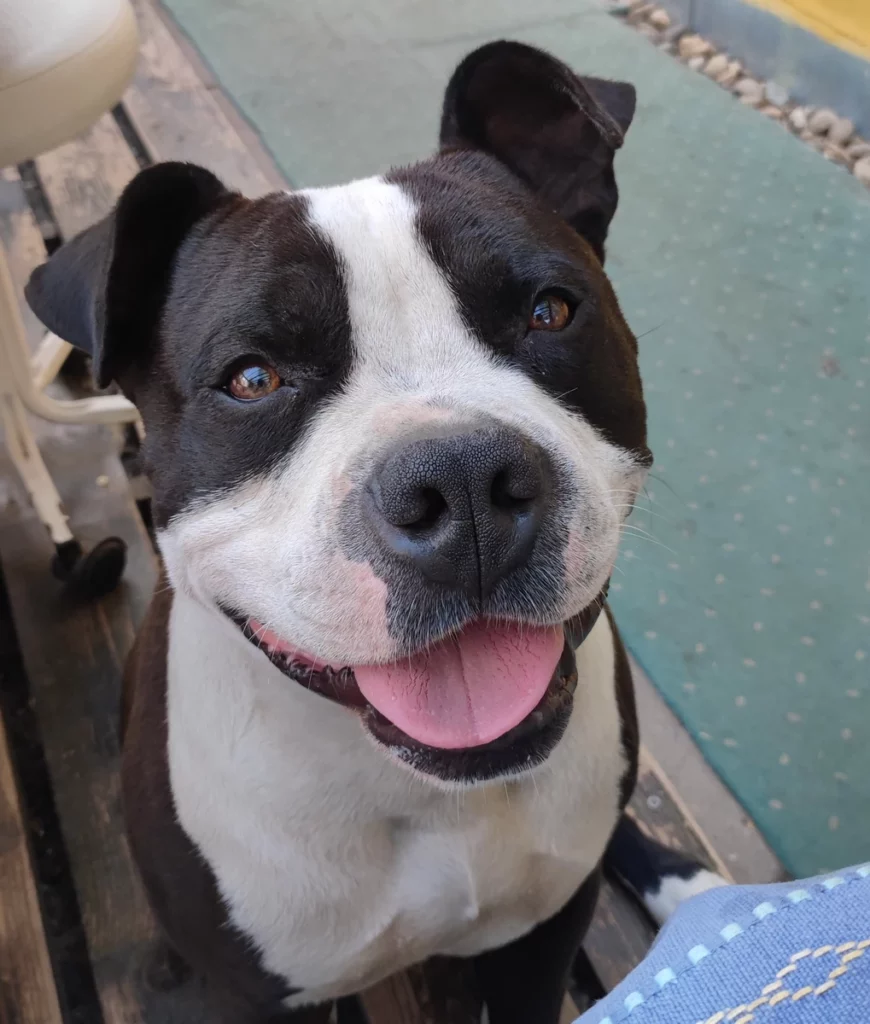HCEMM-SU In Vivo Imaging Advanced Core Facility
Location and Equipment
The IVI ACF is located in three sites, the headquarters being the Basic Medical Sciences Building at the Semmelweis University, 37-43 Tűzoltó utca, 1094 Budapest. The ACF HQ comprises two isotope laboratories and three imaging laboratory rooms. Permissions are in place to handle more than 80 isotopes for tracing, imaging and therapeutics and X-ray appliance. In addition, a local isotope-containing animal facility is also associated with the ACF. Two other sites are also involved, the Cardiovascular Centre (68 Városmajor u, 1122 Budapest) and the Basic Sciences Centre (4 Nagyvárad tér, 1082, Budapest).
- Available Equipment for Molecular Imaging
- Small Animal Ultrahigh Resolution Optoacoustics and Doppler Ultrasound Imaging System: Iconeus ONE (Iconeus, France)
- Small Animal Ultrahigh Resolution Ultrasound System: Vevo 3100 (Fujifilm, Canada)
- Translational High Resolution Ultrasound System: Vivid E95 (GE, US)
- Dedicated Clinical SPECT/PET/CT System for large animals: AnyScan TRIO (Mediso, Hungary)
- Optical Imaging Systems: FOBI (Neoscience, Korea)
- Available Equipment for Structural Micro-Imaging
- Ex vivo Micro-CT System: Skyscan 1272 (Bruker, Belgium)
- Additional Equipment
- PET/MRI system: nanoScan PM 3T (Mediso, Hungary).
- SPECT/CT system: nanoScan SPECT/CT 4R (Mediso, Hungary).
Services
The ACF provides services in a broad range of in vivo imaging applications using an already existing infrastructure, which is continuously being expanded. For the usually needed small animal imaging studies presumably in the forefront of possible users, the ACF has an immediate access to multiple animal models (optimized at conventional and SPF animal facilities) such as e.g. inflammation models (including collagen-induced arthritis, autoantibody-induced arthritis, various dermatitis models), cardiac and metabolic disease models (including acute and chronic ischemia-reperfusion, heart failure, hypertonia, atherosclerosis, diabetes, hyperlipidemia, obesity, uremia, cardiogenic shock) as well as various transgenic and humanized mice. Tumour xenografts including a variety of cell lines are also available based on user-borne cost and maintenance models.
The ACF offers a comprehensive service to its users. In this section we outline options users are able to utilize in their projects.
- Choice of imaging measurements and dimensions for the users’ given experimental questions.
- Choice of one or multiple imaging methods, selection of the applicable animal models and proposed imaging contrast materials.
- Experimental and statistical planning of image acquisition measurements.
- Planning of data analysis and if needed, radiomics generation methods.
- Short-time (up to 30 days) hosting of rats or mice in a separate animal house in the Facility.
- Generation of the animal model(s).
- Application of contrast materials or experimental treatments in all routes.
- Animal anaesthesia and image acquisitions.
- Storage and export/import of image data into common biomedical file formats: DICOM 3.0, RAW, Analyze 7.5, NIfTI, and different image file formats such as png, jpg, img, or bmp.
- Analysis of data files by creating quantitative Volume of Interest (VOI) data and exporting them to .csv or other spreadsheet readable formats.
- Biomedical scientific interpretation of visualised images and time series, data sorting and interpretation
- When specifically agreed, statistical methodology and evaluation of the generated data.
- The Facility obtains an imaging ethical permission for use of rats and mice. Mild-level animal imaging experiments (only anaesthesia and dosing routes of contrast agents considered mild) are readily available.
Essentially, the complexity of the above technological platform enables the ACF to offer an unprecedented and highly flexible solution to statically, dynamically, and functionally image all organ systems of the given organism. Moreover, it also provides an excellent technological arsenal for applications in multiple scientific fields of e.g. pharmacology, molecular oncology, histology, inflammation research, biomarker identification and detection – in parallel with assessing physiological and pathophysiological phenomena.
Therefore, the list below reflects rather examples of the specific services offered by the ACF and introduced following the specific features of the infrastructural repertoire:
- High Resolution MicroCT imaging Ex Vivo:
- The platform provides resolution not possible with live imaging due to the confounding effect of even minute movements in live animals.
- Microscopy resolution imaging on all hard and soft tissues
- Assessment of disease progression
- Fast reconstruction of CT images
- SPECT/CT applications
- Biomarker identification
- Spatial and temporal measurement of thyroid, cardiac, hepatic and kidney functions
- Bio-distribution and -availability of isotope-labeled theragnostic molecules already in clinical use or under development
- Imaging of stem cell functions
- PET/MRI multimodal applications
- High spatial resolutions: 100 μm (MRI), 700 μm (PET) – Cellular, subcellular, and molecular identification
- High sensitivity: femtoM/mg tissue
- Anatomical localization, exact morphology of metabolic foreground
- Radiolabeling-based assessment of tissue metabolic processes
- Special focus in neurotransmitter, oncology, regeneration and immune-system studies
- Fluorescent Imaging
- Very high throughput easy-to-use phenotyping of reporter animals without the need of external luciferase injection and ATP access to tissue
- Identification of autofluorescence-related processes
- Tumor and cell tracking and time-series imaging of tumor bio-distribution or cell-based therapies
- Ultra-high-frequency and 4D ultrasound imaging applications
- A platform with portable ultrasound unit operating from 10 up to 70MHz
- Applicable for mice, rats, and other larger animals
- Focused, but not limited to, cardiovascular applications
- fUS: High-resolution quantitation of cerebral blood flow in mice and rats for the fast, on-the-fly analysis of blood flow changes in stroke, inflammation, intestinal microbiome and cardiovascular model mice.
Commercialization Potential
The IVI-ACF possesses a good status of being at the intersection of medical device development, medtech product application support, medical algorithm innovations and experimental biological or biomedical work.
Their extensive client experience ranging from alpha emitter nuclide therapy through detector development to optical imaging dye innovations opens several possible ways to create value.
Besides the status, their own scientific work can also be a center of profits in this regard.
Structuring this outlook, they present first the „static” potential of innovations and second, the „dynamic-research based” one.
STATIC (Algorithms, software, medtech)
STEP 1. PATENTING/INNOVATION
- Creation of disease-specific CT parametric radiomic sets and their validation
- Possibility of writing their own iterative platform-independent CT reconstruction algorithm (with appropriate technical support)
- Creation of 2D optical imaging filtering and detector-level denoising algorithms
- Collaboration in cell recognition and tracking algorithm developments and applications specialized in 3D plus time domain
- Collaboration in new targeted fluorescent and far-IR fluorescent dye developments for clinical surgeries – in very close collaboration with the Functional Cell Biology and Immunology ACF.
STEP 2. LICENSING/COMMERCIALIZATION
- Collaboration with specialised small animal imaging contrast material producers as their reference centre
- Collaboration with new, market entry level 3D optical imaging device vendors again both as a development centre with new application – level patent possibilities.
DYNAMIC (Radiopharmacy, radiochemistry, nanoparticle sensors/therapeutics)
STEP 1. PATENTING/INNOVATION
- Creation of a new polysaccharide-based nanoparticle shell material
- Creation of a new fluorescent dye application for SARS-CoV-2 or other viral effect detection based on metal ion sensing
- Creation of zero valent ferromagnetic Fe nanoparticles for both MR and magnetic particle imaging, coupled to a special magnetometric detector partnership with Wigner Research Centre for Physics (Institute of Eötvös Loránd Research Network) and University of Pannonia at Veszprém.
STEP 2. LICENSING/COMMERCIALISATION
- Collaboration with alpha – emitter development in Roche for oncotherapy
- Collaboration with the deep, therapeutic field modulation-level developments of Oncotherm Ltd. based on fractal nature signal analysis of the full detectable electromagnetic spectrum of tumorous tissue. Oncotherm is a world market leading niche company in a special type of adjunctive tumor therapy, very widespread in Germany and Asia
- Collaborations and cell tracking method developments with leading German start-up companies in CAR-T cell therapy
- New method of calcium activation measurements in the living whole brain using Pb isotopes and Mn ions (already discussed years ago with Richter).
